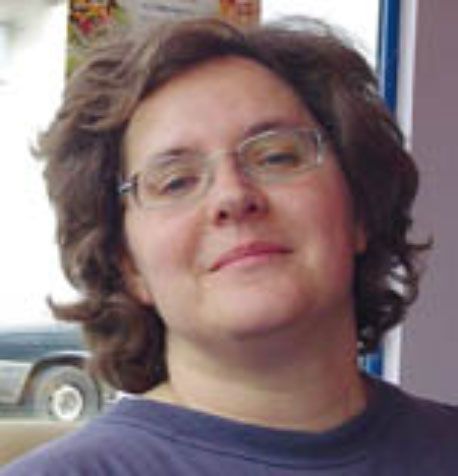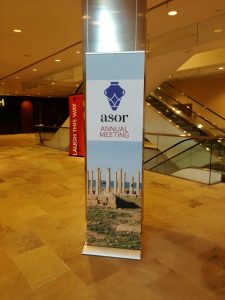
Faculty Presents at MSU & ASOR Annual Meeting in Boston
CYA Professor Angelos Papadopoulos attended the American Schools of Oriental Research (ASOR) Annual Meeting in Boston, MA, on November 16 presenting his work on Aegean Iconography of Warfare: Images of Battle and Hunting in the Late Bronze Age: Why Is the Aegean So Different from Its Eastern Neighbors?
The conference attracts over 1,000 scholars and enthusiasts of archaeology, linguistics, geography, epigraphy, anthropology, and other fields related to the study of the ancient Near East. Over 1200 papers and posters were presented. Among the attendees were numerous CYA alumni, colleagues, friends and other faculty members.
About the presentations:
[su_spoiler title=”Studying Warfare in the Aegean during the Late Bronze Age: Myths and Realities ” icon=”arrow-circle-1″] Over the past decades, Aegean Bronze Age warfare has attracted the attention of specialists who deal with aspects of fortifications, human trauma, iconography, burial practices, military ethos and symbolism, textual evidence and weapon technology. This presentation discusses data from all the above fields and provides an insight into the special role and significance of violence, warfare, and hunting in the Late Bronze Age Aegean. At the same time, this data is compared to contemporary examples from the Eastern Mediterranean in order to draw useful conclusions regarding the perception and understanding of the Aegean societies regarding war and violence.[/su_spoiler]








